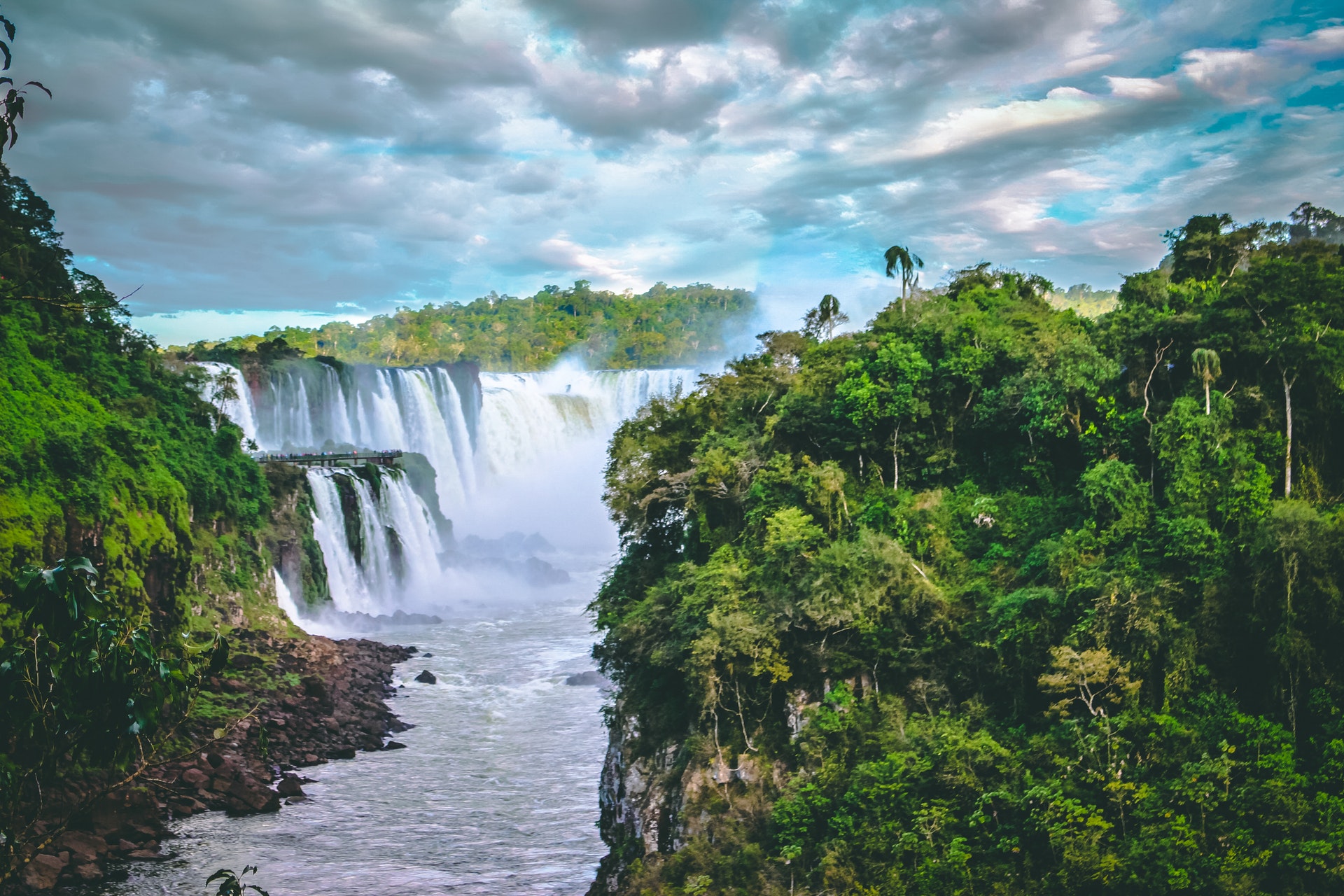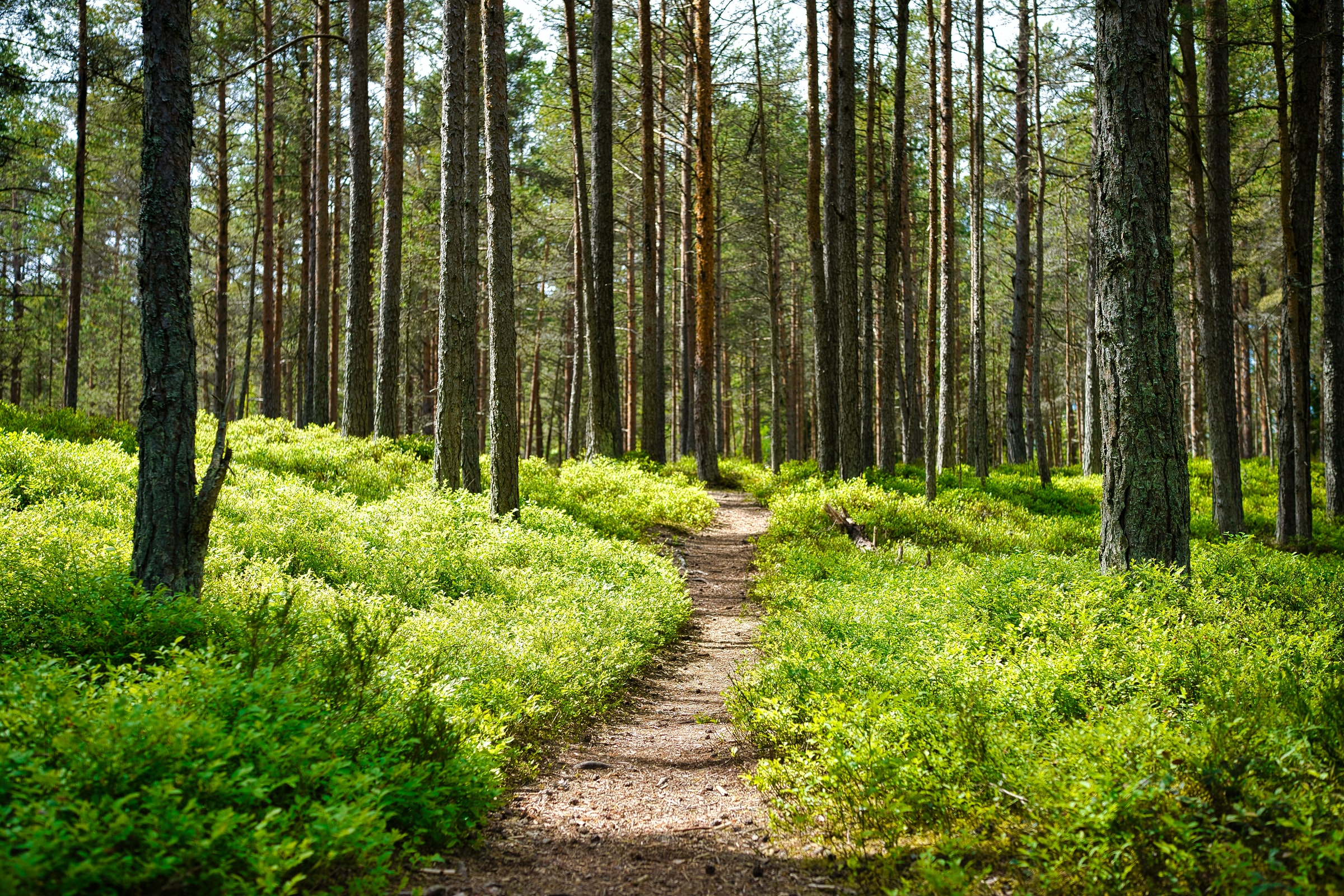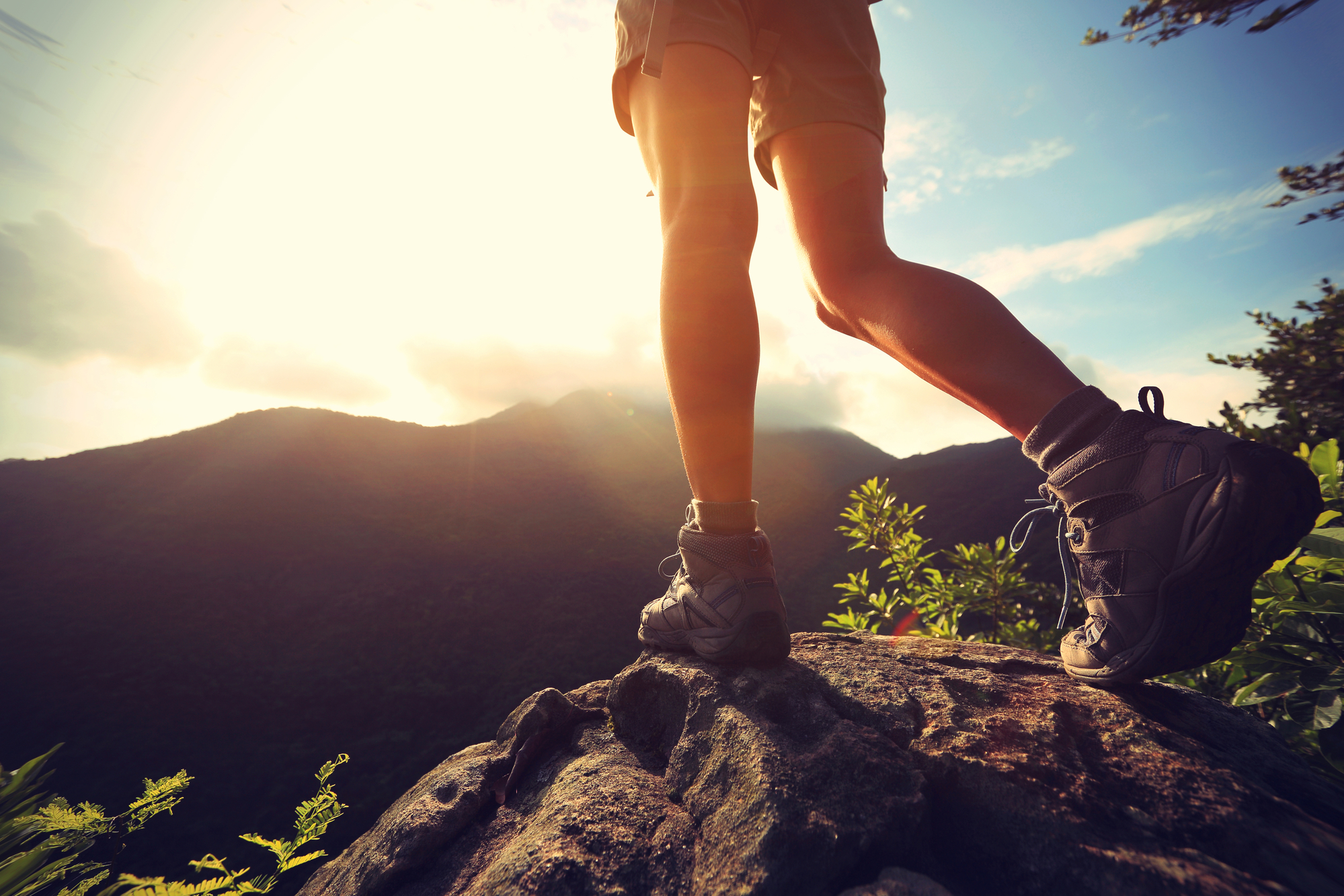You read that right! Gorilla trekking may sound like some gimmick a tourist destination promotes to lure unsuspecting tourists with a promise of disappointment at the end, but we can assure you that is far from reality.
Gorilla trekking is one of Africa’s most insightful wildlife experiences.
Due to their critically endangered status (just two classifications away from being extinct), it is virtually impossible to find them anywhere in the world except for protected reserves in Uganda, Rwanda, and the Democratic Republic of Congo.
These amazing animals do their best to survive in what remains of their natural habitat, and for one glorious hour, you are given a chance to observe these creatures as they go about their daily lives.
In this guide, we’ll talk about what to expect when you finally decide to go gorilla trekking!
What To Expect
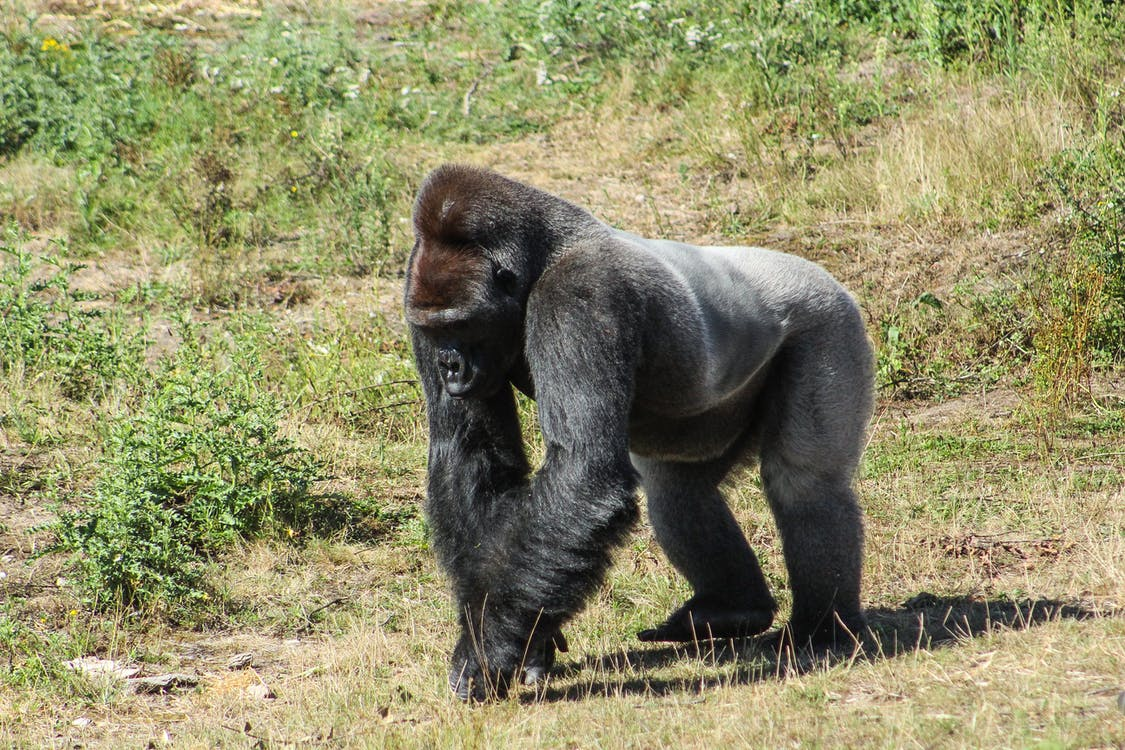
Trekking for gorillas involves hours of walking through very narrow and steep paths. You’d need to go through dense forests and difficult terrain, and sometimes even wade through shallow bodies of water.
Our advice? Be physically and mentally prepared for the journey!
Don’t worry! You’ll be in the company of jungle scouts slashing through thick vegetation and foliage, and making sure you get plenty of breaks in between.
We recommend preparing the right equipment, including your outfit, to make your trek as comfortable as possible.
Guides recommend broken-in hiking boots that reach up to your ankles, double-layered socks, and knee-high gaiters.
Also, please note that gorillas are highly vulnerable to human illnesses, so make sure to be as fit and healthy as you can be on the day of your trip.
Otherwise, you wouldn’t be allowed to join the trek if you show signs of a cold or anything contagious.
Will you be able to see gorillas? Definitely! Researchers and guides closely monitor these gorillas on a daily basis, so your guides would have a very good idea of where the different gorilla families are located.
It is very rare that trekkers do not see these great apes during an expedition.
Will you be able to touch the gorillas? Absolutely not! Remember that these are wild animals.
They are very strong and very unpredictable, and you might get injured if something goes awry during your time with them.
As a precautionary measure, you will be asked to observe these animals from a distance of at least seven meters.
Sometimes you will also be asked to wear a face mask for the safety of the gorillas.
Keep in mind that once you locate these glorious animals, you will be given only an hour to observe them to not cause them any kind of stress.
Don’t spend most of your time behind your camera lenses. Savor the moment and appreciate the fact that you have been given the chance to experience this rare encounter.
How Tough is Gorilla Trekking?
Without sugarcoating anything, gorilla trekking is pretty tough.
The level of difficulty depends on a variety of things, but the two main factors often considered are your level of fitness and the gorilla family you are assigned to track on the day of your trip.
Fitness level
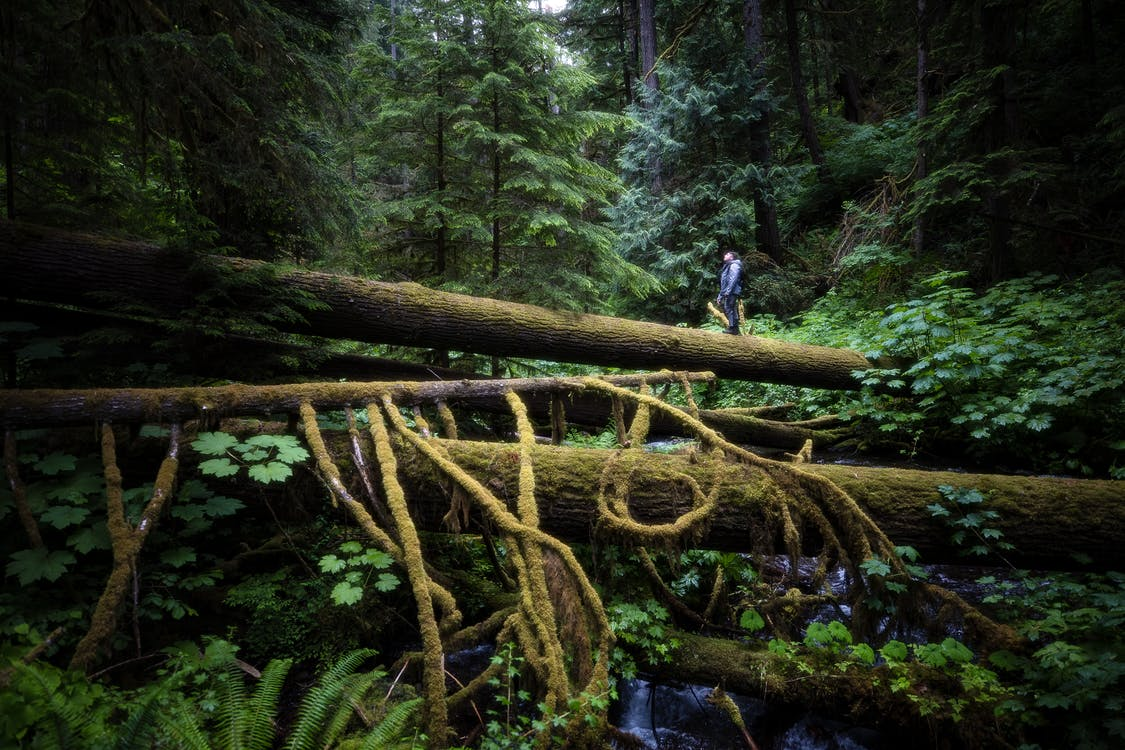
Your fitness level will surely affect the time it takes you to track your assigned gorilla family. As we’ve mentioned at the beginning of this guide, gorilla trekking involves hiking through treacherous terrain and wading through bodies of water, so you need to be fit enough to be able to tackle these conditions.
But this doesn’t mean that you have to be super buff before going gorilla trekking!
In fact, many trekkers with average fitness levels enjoy the experience.
Gorilla Group
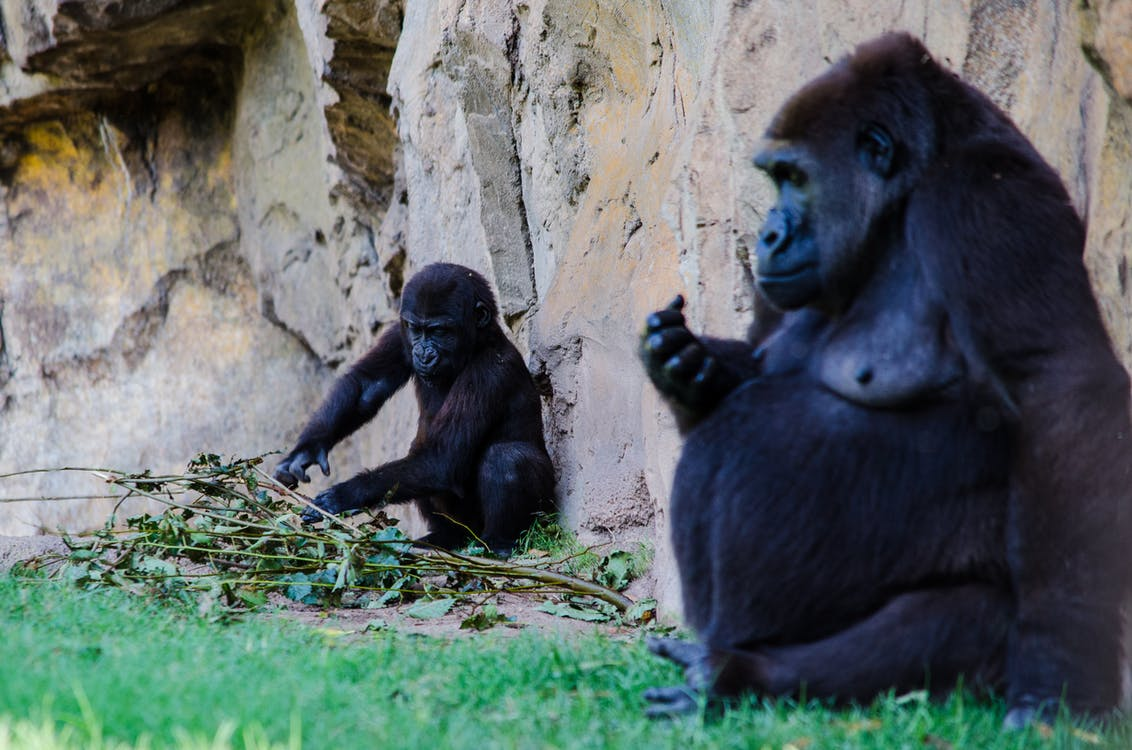
One factor that nobody can control is the location of the gorilla family assigned to your group.
Some people can go trekking for as short as 30 minutes to an hour before they come across their group of gorillas, while others take hours before they meet their assigned group.
Some of these wonderful creatures have chosen to live near the park offices or lodgings, which makes them very easy to spot.
However, most of them are on the move all the time, choosing to go deeper into the forest, which makes it a challenge to easily spot them.
Some even tend to keep moving when they sense that trekkers are getting nearer to their location.
Patience is definitely a virtue you need to pack on this trip.
Seasons
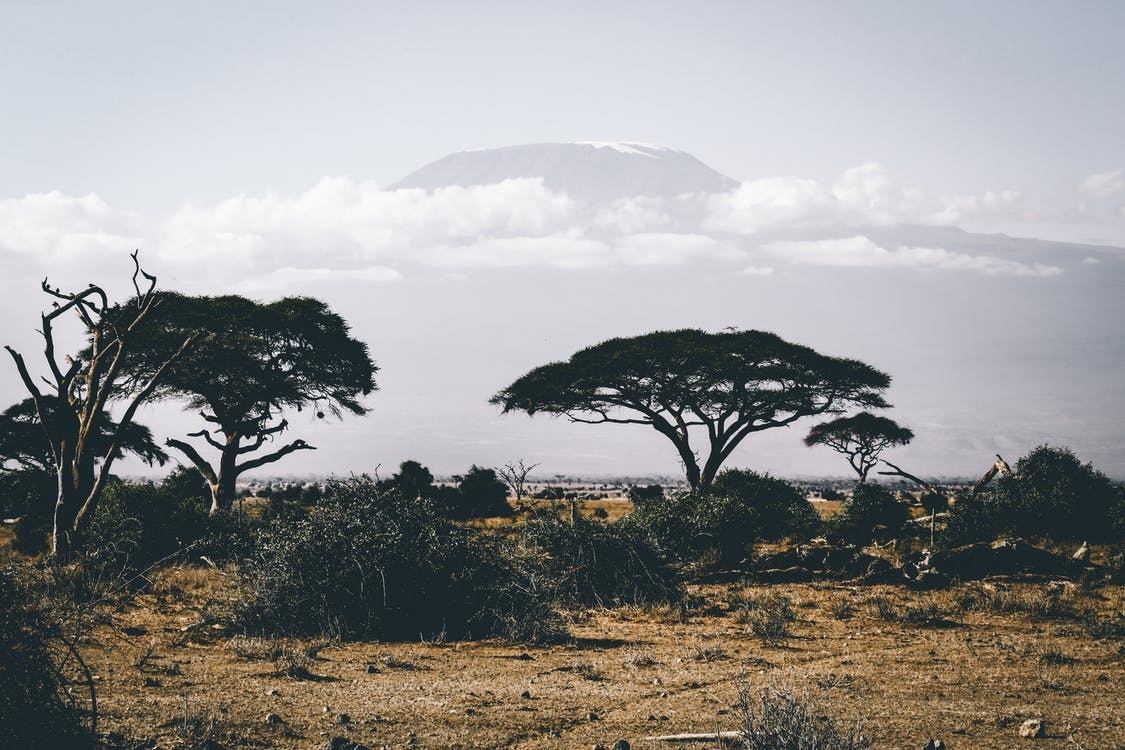
Is it possible to go on a gorilla trek all year round? Yes, it is! However, it is possible to encounter more rain during certain times of the year, so plan your trip carefully.
The best time to go is during the high season, which is around June to September and December to February.
These two periods are when some trekking areas experience the least rain.
Another very good reason to consider going during high seasons or low seasons is the price of the trekking permit.
Permits are usually more expensive during the high season.
Conclusion
Gorilla Trekking is an adventure of a lifetime, but in order to make it one of your best experiences, you need to thoroughly prepare for it.
This activity is not a walk in a park, so aside from careful planning and preparation, you need the help of people with direct experience and local knowledge to guide you in this adventure.
If you’re ready to start planning your gorilla trekking adventure, then don’t hesitate to get in touch with legitimate guides who have the experience!

